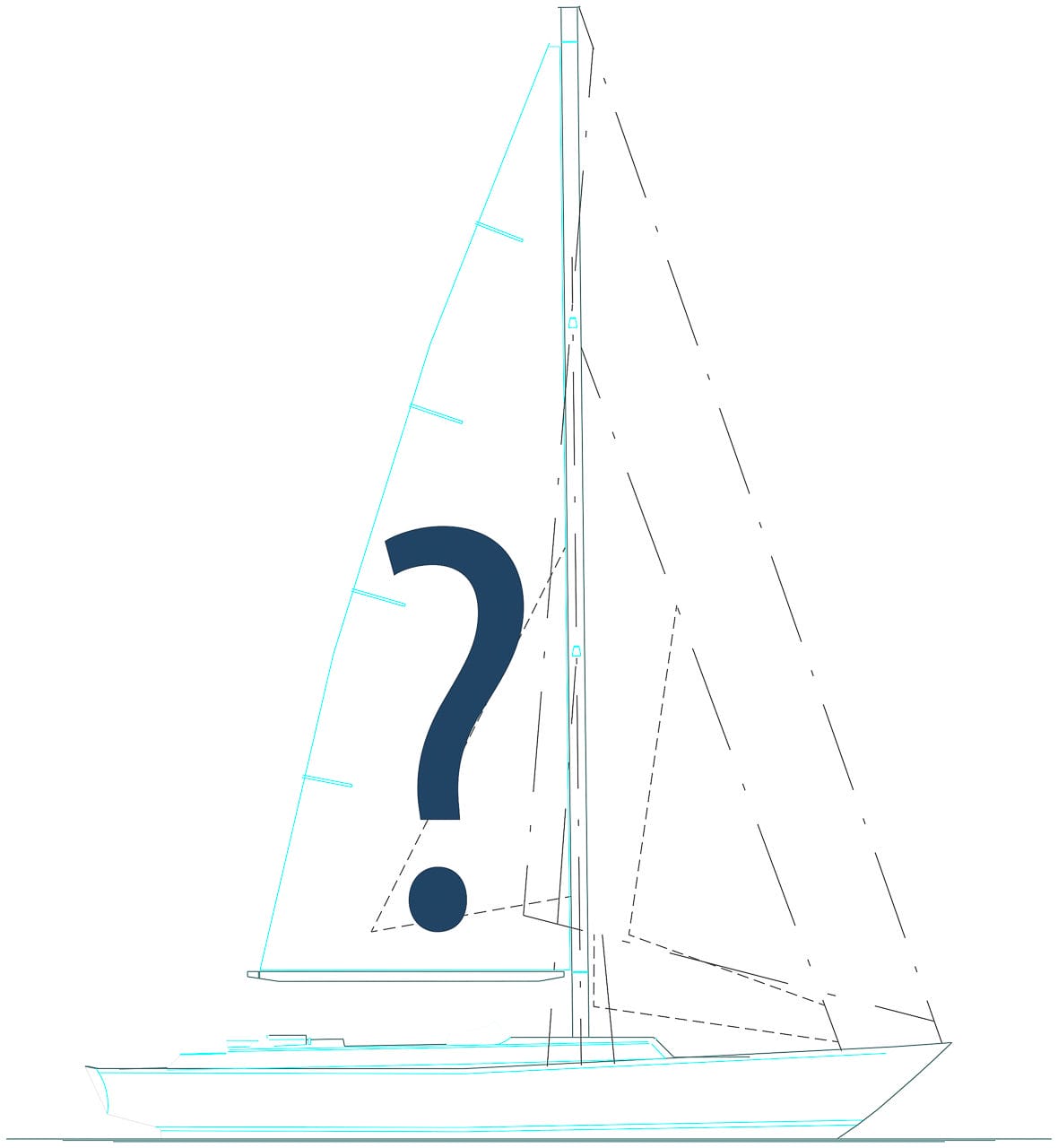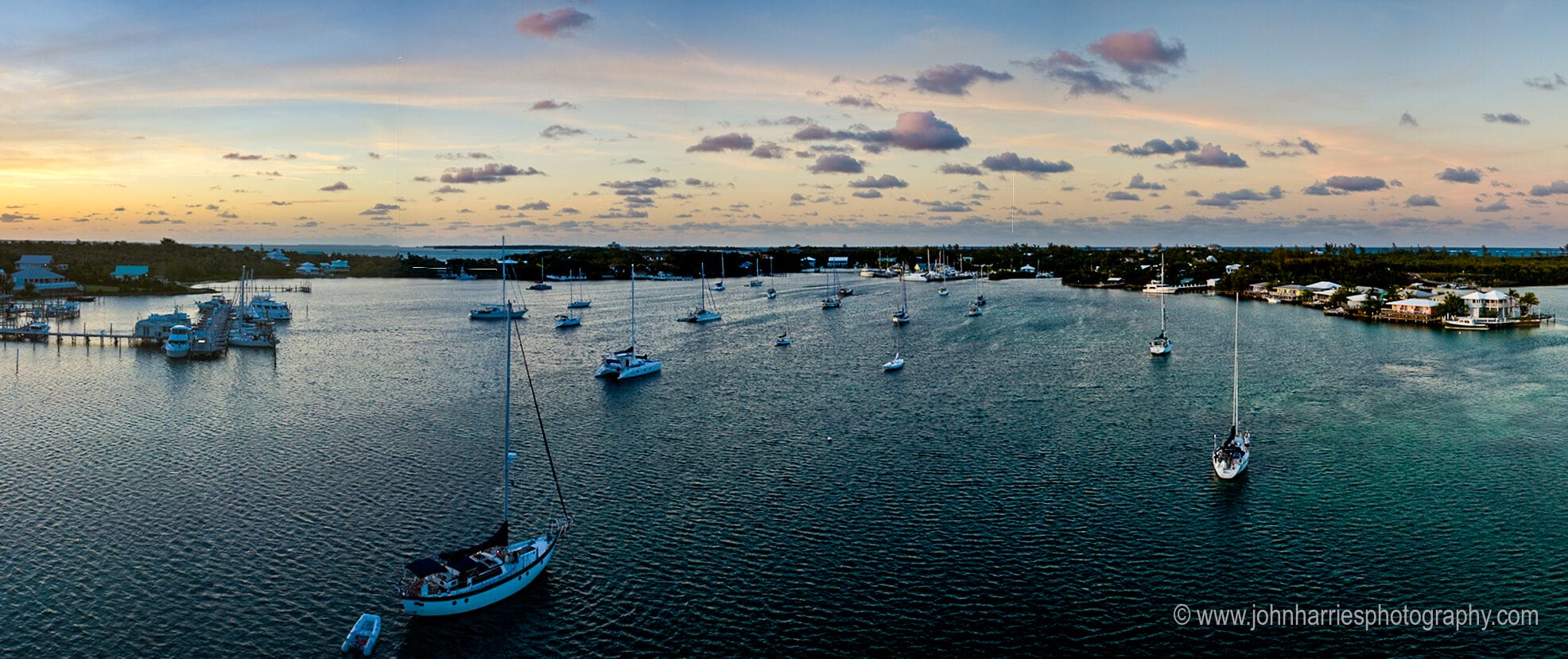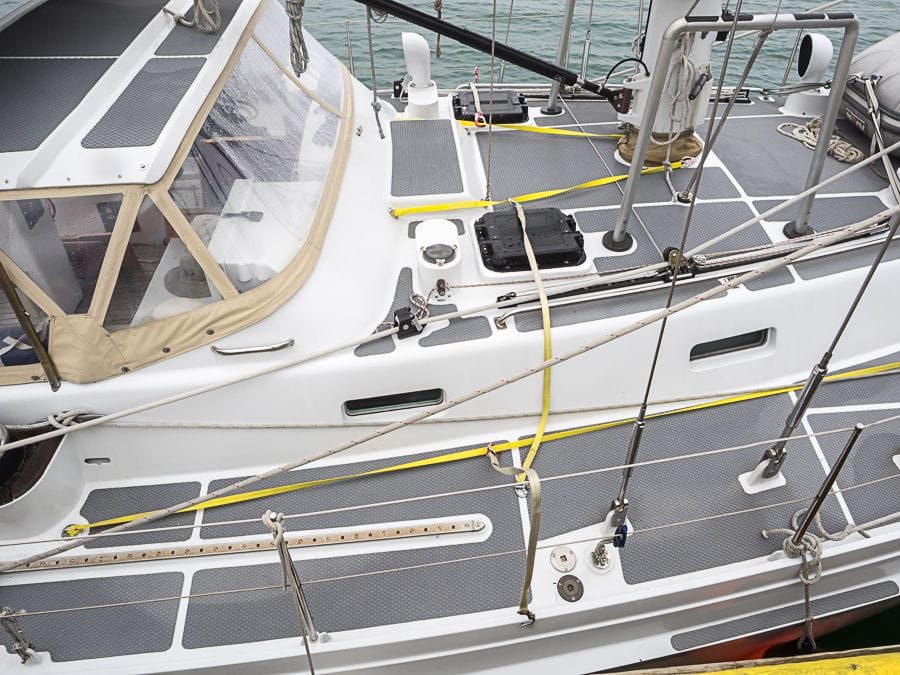-
Sail Buying Tips
0 CommentsReading Time: < 1 minuteMembersRead more: Sail Buying TipsNew sails are expensive, here’s how to get the most for your money.
-
Flawed Jackline Systems Revisited
13 CommentsReading Time: 10 minutesMembersRead more: Flawed Jackline Systems RevisitedIn the last chapter we examined the risks of being dragged and particularly tether tension. Now let’s relate that to the jackline systems we see out there in use.
-
TeamO Backtow Lifejacket/Harness Review
14 CommentsReading Time: 6 minutesMembersRead more: TeamO Backtow Lifejacket/Harness ReviewTeamO are selling the BackTow lifejacket and harness as the answer to the risk of drowning while being dragged after falling overboard attached to a tether. Is that true? Let’s take a look. We also compare the TeamO against the Spinlock Deckvest.
-
20 Practical Tips For Better Watchkeeping
29 CommentsReading Time: 11 minutesMembersRead more: 20 Practical Tips For Better WatchkeepingHard won practical tips from 50 years of standing watches at sea.
-
Reefing Tips
0 CommentsReading Time: < 1 minuteMembersRead more: Reefing TipsRelevant reefing tips, which we will add to over time.
-
6 Tips For Mindful Watchkeeping
19 CommentsReading Time: 6 minutesMembersRead more: 6 Tips For Mindful WatchkeepingIt’s all too easy to regard watchkeeping as a hated chore, but these tips will both help to avoid that and make offshore sailors safer and offshore boats less likely to break.
-
How Many Reefs and How Deep?
52 CommentsReading Time: 9 minutesMembersRead more: How Many Reefs and How Deep?How many reefs are optimal? Two, three or four? If we think about this the right way, for most of us the answer is simple. We also tackle the relationship between reefs and whether or not we have a storm trysail, also much misunderstood.
-
The Risks Of Sidedeck Jacklines Quantified
42 CommentsReading Time: 12 minutesMembersRead more: The Risks Of Sidedeck Jacklines QuantifiedDespite the well-documented risks of being dragged after falling overboard, many (probably most) offshore sailboats are still using sidedeck jacklines, raising the key question: Is that solution worse than nothing? At last we have numbers to help each of us make that critical decision.
-
11 Tips For A Good Watch System
37 CommentsReading Time: 8 minutesMembersRead more: 11 Tips For A Good Watch SystemIt’s vital that before we head offshore we really think about the watch system we will use. A poor system can be the start of big problems.
-
Tether Tension On A Dragging Crew Overboard
62 CommentsReading Time: 12 minutesMembersRead more: Tether Tension On A Dragging Crew OverboardWhat really happens when a crew member falls overboard while tethered to the boat? We know this often results in a fatality but there were no in-depth studies to help us reduce the risk. Here’s the first step in fixing that.
-
8 Offshore Cruising Boat & Gear Evaluation Tips
31 CommentsReading Time: 10 minutesMembersRead more: 8 Offshore Cruising Boat & Gear Evaluation TipsWhen we think of going cruising it’s often about exotic locations, warm waters, and palm trees, but the process of getting there requires hundreds of good decisions, or at least minimizing the bad ones.
-
Rigging Tips Part 2
0 CommentsReading Time: < 1 minuteMembersRead more: Rigging Tips Part 2Carrying on from the last chapter in our Rigging and Sails Online Book, here are a bunch more curated and relevant rigging tips.
-
Spinlock Deckvest 6D Review
29 CommentsReading Time: 7 minutesMembersRead more: Spinlock Deckvest 6D ReviewJohn and Phyllis have used lifejackets with built in harnesses from Spinlock for over 20 years. Here’s our review of the latest version.
-
Safe and Easy Offshore Sailing—When to Reef, Part 2
24 CommentsReading Time: 11 minutesMembersRead more: Safe and Easy Offshore Sailing—When to Reef, Part 2More about how to decide when to reef, including a mental hack and specific true wind speed examples, as well as more tips, including which sail first.
-
Electrical Tips
0 CommentsReading Time: 2 minutesMembersRead more: Electrical TipsTips relevant to the Electrical Systems for Cruising Boats Online Book
-
Why We Don’t Recommend Boom Brakes
25 CommentsReading Time: 7 minutesMembersRead more: Why We Don’t Recommend Boom BrakesBoom brakes have never looked right to me, but now I have solid numbers, together with other reasons, to strongly recommend against them. But if you still insist on a boom brake, I have some recommendations.
-
Safe and Easy Offshore Sailing—When to Reef, Part 1
56 CommentsReading Time: 9 minutesMembersRead more: Safe and Easy Offshore Sailing—When to Reef, Part 1Consistently reefing at the right time, particularly when sailing offshore, makes passages easier, safer, and, above all, more fun.
-
Building A Safer Boom Preventer, Part 3—The Details
57 CommentsReading Time: 12 minutesMembersRead more: Building A Safer Boom Preventer, Part 3—The DetailsNow we understand the forces at work, John looks at the details of rigging a strong and easy-to-use preventer system.
-
A Small-Boat Anchoring System
36 CommentsReading Time: 10 minutesMembersRead more: A Small-Boat Anchoring SystemMost of the chapters in this Online Book are about anchoring systems for larger boats. But what about smaller boats? What compromises can we make and still end up with a safe and workable system?
-
Hull Materials, Which Is Best?
57 CommentsReading Time: 6 minutesFreeRead more: Hull Materials, Which Is Best?One of the common debates in any sailor’s bar is which hull material is best. John settles the argument…it depends. But he does make some solid recommendations for hull materials most of us should avoid and the one that the majority should choose.
-
When Is A Cruising Sailboat Too Big?
59 CommentsReading Time: 10 minutesMembersRead more: When Is A Cruising Sailboat Too Big?In recent years, cruising boats have got ever bigger, but what’s the safe upper limit, particularly for a shorthanded amateur crew? John used his 30 years of experience voyaging in a 56-foot boat to answer that vital question.
-
Is Your Engine Properly Fused?
21 CommentsReading Time: 5 minutesMembersRead more: Is Your Engine Properly Fused?I think most of us know that our engine start battery should be fused, but what about the rest of the engine harness. John was shocked to find the answer to that question.
-
Better Jacklines
17 CommentsReading Time: 6 minutesMembersRead more: Better JacklinesIn the last two chapters we discovered that the jackline systems most of us use for COB prevention are pretty much useless. Now we are moving on to what to do about that—the good stuff.
-
Surviving Storms While Coastal Cruising—21 Preparation Tips
30 CommentsReading Time: 11 minutesMembersRead more: Surviving Storms While Coastal Cruising—21 Preparation TipsWe have selected a good harbour to ride out a storm, now how do we prepare?
-
Surviving Storms While Coastal Cruising—9 Tips for Anchorage and Harbour Selection
42 CommentsReading Time: 11 minutesMembersRead more: Surviving Storms While Coastal Cruising—9 Tips for Anchorage and Harbour SelectionWe are coastal cruising and a storm is forecast. So how do we choose the right harbour or anchorage to ride it out in? These 9 tips will help.

























